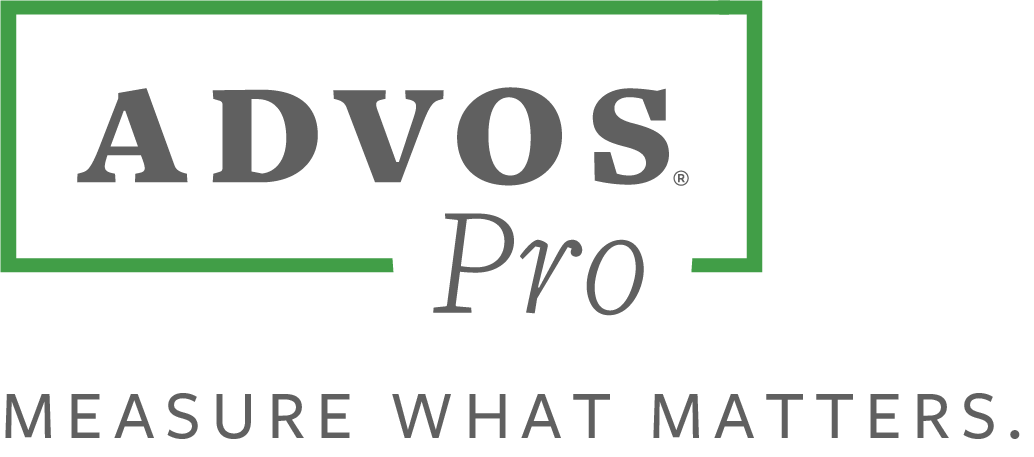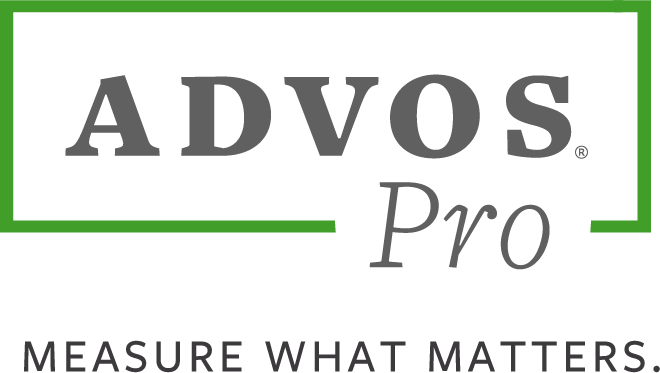
The first lesson in driving: take off the blindfold!
The more lawyers I talk to, the more I am convinced that most law firm owners are absolutely terrified of digging in to their firm’s financial performance. In large part, that’s because they feel like they don’t (and can’t) understand the mystery of “the numbers”. Lawyers, as a general rule, do NOT like to feel dumb, and financial reports are not a topic that most of us have been schooled in. So, our lawyer brains tell us not to even lift the corner of the lid on that Pandora’s box.
Unfortunately, running a law firm without a confident grip on your financials is like learning to drive a car with a blindfold on. You can’t see where you’re going, where you’ve been, or what might be coming from any direction, so you’re hitting the gas, then the brake, steering left and right – all just hoping you don’t crash (nevermind hoping that you’ll actually make it to your destination). Yep – terrifying!
Does any of this sound familiar?
- You don’t know your numbers, as in you don’t know which “numbers” you should be watching, and certainly don’t know what those numbers look like in your firm.
- You know that there are financial reports you should be looking at each month, but you aren’t entirely certain WHY you should be looking at them, or what they’re supposed to tell you.
- When you’ve tried to read up on the topic, all you’ve found is people telling you that you need to be familiar with your P&L, balance sheet, cash flow statement and various metrics, tossing around terms like COGS and Operating Margin and EBITDA, but not actually telling you how to make sense of any of it, or how to use it!
- You’ve engaged a bookkeeper and CPA, but you don’t know how to check to be sure they’re doing a good job, and don’t know what questions you should be asking them.
If so, we get it – the financial side of the business can feel really overwhelming. [That’s why we’ve invited Leah Miller, of LNM Financial to join us this Thursday for “Off the Clock” (want to join? It’s free – email [email protected] for an invite!). It’s a great opportunity to hear from an expert, and there will also be plenty of time for Q&A.].
Today, we’re going to walk through a very simple, straightforward starting place for getting your arms around “the numbers.” Let’s take off the blindfold together and learn how to turn the numbers into fuel for your firm, propelling you toward the practice of your dreams.
But before we dive in to the financials, take a minute and remind yourself WHY you’re doing what you do. What does the practice of your dreams look like? (If you’re up for it, I’d love to hear about your #Promance goals – drop a note in the comments, or drop me a line at [email protected]!)
And with that moment of zen and focus as our starting point, here we go!
What does it even mean to “know your numbers” or “understand your financials”? Really, that just means you know:
(A) what questions you should be asking about your firm’s financial performance (looking backward) and outlook or forecast (looking forward), and
(B) how to find the answers.
From there, you have the information you need to make solid decisions, keep track of your progress, and course correct when needed – all with confidence. And confidence, friends, is the feeling we want when we’re sitting in the CEO chair!
So, what questions should I be asking? At the most basic level, you want to be able to answer 3 key questions:
1. What’s it cost to run the joint? (Flip side: how much revenue MUST I have every month?)
If you don’t immediately know the answer to this question, this is the place to start. Go into your accounting software (you are using accounting software, right?) and pull up your Profit & Loss report (sometimes you’ll see it called an Income Statement – same thing). You’re looking for a total of the expenses that are committed / fixed. This is likely your labor (including what you pay yourself, which we recommend be at a market rate), benefits, rent, utilities, software subscriptions, insurance, and mandatory dues (like state bar membership fees). It would not include the things you don’t HAVE to do, like lunches out or travel for conferences.
I like to look at this month-by-month (I pull up the P&L report for the last 12 months, and show each month as a separate column, with the 12-month total as the last column), and also take the full 12 month period and divide by 12. That gives me a sense of what a typical month looks like for those committed expenses, as well as what the highs are (for instance, the months when we pay our insurance premiums in a lump sum), and the annualized average.
In our firm, we tend to think about the “must have” revenue target as being slightly higher than the actual fixed monthly expenses. You may also want to set your revenue goal a bit higher so that you can stockpile a cash reserve over time to cover at least one month’s operating expenses, so that if your revenue is “lumpy” (higher in some months, lower in others) you don’t have to worry as much about evening out the cash flow. (A line of credit can be helpful here too.) Which leads us to…
2. Will I have the cash flow I need to cover expenses?
This might be the most anxiety-inducing question of all, if you don’t have a good way to find the answer easily – especially if your revenue is “lumpy” or inconsistent. Seriously, is there anything worse than being afraid you’ll bounce a check or not be able to make payroll, and not knowing where to look to find out?! Sadly, we have not had great experiences with the cash flow projection functionality in accounting software.
Happily, it’s not actually that hard to model it out in a simple Excel spreadsheet, where you can see the changes in your available cash based on revenue you expect to receive and expenses you expect to pay on a weekly basis. It’s really just a matter of plugging in your recurring / typical expenses (err on the high side) and your anticipated weekly collected revenue (err on the low side), and updating it weekly with your actual information from the prior week to keep it accurate. Bonus: since we’re really just trying to track when cash comes in and out of your bank account, you don’t have to be as granular about the categorization of your expenses for this exercise as you would be when you’re tracking expenses in your accounting software – for instance, if you pay most of your expenses with a credit card, that all gets lumped together as a single credit card payment on your cash flow forecast, and you don’t have to deal with itemizing what you spent.
If you’re working with a bookkeeper or CFO, they can produce cash flow projections for you (you might ask for that to be updated and sent to you weekly, but the frequency you want likely depends on how often you run payroll and pay other big expenses, how much cash cushion you keep in your bank accounts, etc.). Or download our Cash Flow Projection Tool in our free Resource collection, which makes it easy to plug in your numbers and quickly gain clarity. If you’re looking at your cash flow and wishing it could be more predictable, and you could get paid faster, I’d strongly consider a shift to deliverables-based billing – our Cash Machine Calculator can help you see the impact to your cash flow and profit in real dollars.
3. Are things trending in the right direction (toward my specific goals), and what happens if I change X?
When I asked you to think about your goal for your #Promance at the beginning of this post, that wasn’t just fluff. The goal has to be front and center, especially when you’re thinking about your financials.
Whether you’re aiming for a specific amount of profit, or the ability to continue to take home $x dollars each month, while not working after 5pm or on weekends – whatever is important to you, you want to be able see how you’re doing and watch your progress over time.
That generally means you want to be able to see (1) how things have been trending historically, (2) where you think things will be headed based on existing conditions, and (3) what is likely to happen if you decide to make changes (such as hiring another lawyer or paralegal, adjusting your work load or schedule, focusing on a certain practice area, or leasing new space).
For the historical trend, you might look at a trailing 12 months report (sometimes called TTM or T12M – and if you don’t have 12 months of history, you could run it for shorter periods) to quickly see progress over time. If the historical trend is off track, then you need to make some changes (and if it’s on track, you might still want to make changes to make progress even faster) – but how do you know whether those changes will have the desired effect, or whether there will be some unintended side effect?
To get a sense of the forecast and what might happen if you make various adjustments, a simple starting place is to use the same cash flow projection tool you used above. If you keep your cash flow projection up to date, then it will show you a rough estimate of what the financial picture looks like a few months out, assuming things remain as they are. To see what happens if you make changes, copy the data into a new spreadsheet so you feel free to play with it, and adjust the inputs using your best guess about how much each decision would affect your revenue or expenses. When you can see the numbers change and see the longer-term impact, it’s much easier to feel comfortable making decisions (and to know at what point you need to pivot if something isn’t turning out the way you’d anticipated)!
If things are headed in the right direction toward the goals you’ve set, CONGRATULATIONS! If not, you’re now armed with that knowledge, and with a way to decide what adjustments you’ll make to create the results you want – and CONGRATULATIONS on that, too!
Asking these questions puts you right where you want to be!
Once you have a handle on these three questions, if you’re anything like me, I’m betting your breathing starts to slow, your heart rate goes back to normal, and you can start to take the small steps to address anything that’s off track. That’s right where you want to be! Even if the answers to those questions aren’t quite what you’d like them to be, that’s ok. The key is to have clarity about where you stand so you can make heads-up decisions that move you closer to your #Promance every day.
As the owner of a law firm, you don’t need to be a financial analyst or have an MBA to be able to confidently say that you understand your financials. If you know how to answer these 3 key questions, you’re in a better position than MANY business owners (and the vast majority of law firm owners, I’d bet). You’ve conquered the first, and arguably most important, lesson in driving your firm’s success: take off the blindfold!
To your #Promance!
Whit




